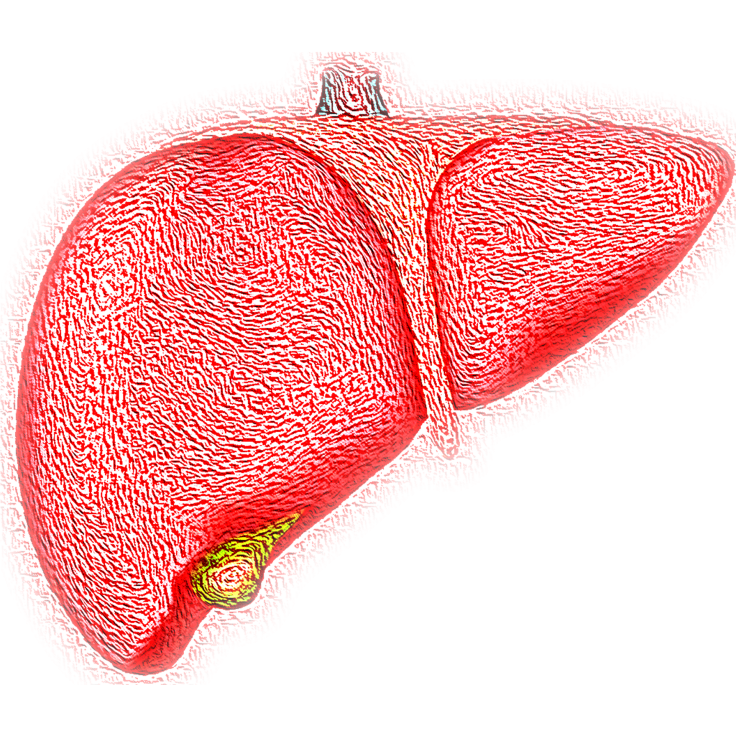Cirrhosis Symptoms: Swelling In This Body Part Could Be A Warning Sign

KEY POINTS
- >50 million cases of cirrhosis reported worldwide
- >633,000 U.S. adults have cirrhosis
- Key to early treatment is identifying early warning signs
Cirrhosis aka late-stage liver scarring affects more than 50 million individuals worldwide. Being one of the leading causes of death in the U.S., cirrhosis accounts for about 1.2% of all deaths in the nation. Most people who die from the disease are about 50 years and older. This fatal condition shows no signs or symptoms until the damage to the liver gets extensive. But there are certain early symptoms that might be a warning sign of cirrhosis.
Symptom to watch out for- Swelling in your legs, feet or ankles
When your liver gets damaged in cirrhosis, it slows down the normal blood flow through the organ increasing the pressure in the vein that brings blood to the liver from intestines and spleen. The increased pressure inside the portal vein can cause edema or fluid accumulation in the legs and abdomen region, says Mayo Clinic.
Other early warning signs of cirrhosis include fatigue, loss of appetite, nausea, easy bruising or bleeding, itchy skin, weight loss, jaundice, redness in the skin, confusion, slurred speech, absence of periods (in women), loss of sex drive and testicular atrophy.
The liver is a very hardy organ that normally regenerates damaged cells. Cirrhosis occurs during liver-damaging factors including alcohol consumption and chronic viral infections over a long period. When that occurs, the liver gets injured and scarred leading to cirrhosis.
The most common causes of cirrhosis noted in the U.S. are long-term hepatitis C infection and chronic alcohol abuse. Obesity is another risk factor.
Blood tests to evaluate CBC, albumin, liver function and alpha-fetoprotein alongside tests including upper endoscopy, liver ultrasound, abdomen MRI, CT scan and liver biopsy are used to confirm the diagnosis of liver cirrhosis.
Prevention strategies include practicing safe sex to prevent hepatitis B/C, get vaccinated against hepatitis B and cutting down alcohol. Consuming a well-balanced diet, getting adequate physical activity can also help prevent cirrhosis.
“The World Health Organization reports that only 20 to 30 percent of people infected with hepatitis B will develop cirrhosis or liver cancer. The National Institute of Health reports that 5 to 20 percent of people infected with hepatitis C will develop cirrhosis over a period of 20 to 30 years,” mentioned Healthline.
© Copyright IBTimes 2024. All rights reserved.






















